
|
The Astrology Center of America, 207 Victory Lane, Bel Air, MD 21014 Tel: 410-638-7761; Toll-free (orders only): 800-475-2272 |
|||||||
|---|---|---|---|---|---|---|---|
| Home | Author Index | Title Index | Subject Index | Vedic Books | Tarot | E-Mail: | |
 |
The Center for Psychological Astrology:Liz Greene & Friends, page 2 |
Thanks to the AFA, we are once again able to stock CPA Press titles. So let's see what we can do with them.
Here are books by friends & associates of Liz Greene:
 Indicates a book on our Top Ten list. If you would like to find more books like it, click on the star.
Indicates a book on our Top Ten list. If you would like to find more books like it, click on the star.
Have you read any of these books? Want to tell the world about them?
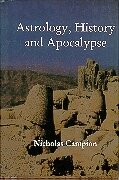
|
||
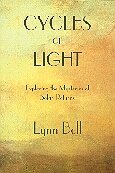
|
||
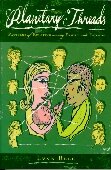
|
||
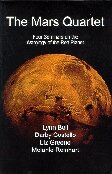
|
||
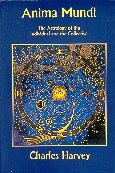
|
||
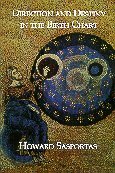
|
||

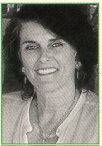
|
||
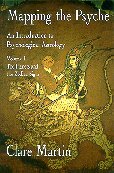
|
||
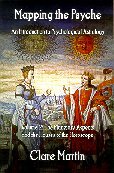
|
||
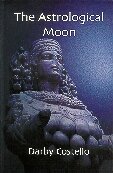
|
||

|
||
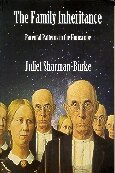
|
||
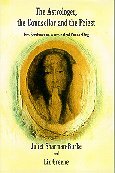
|
||
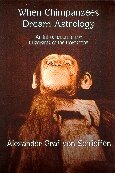
|
||

207 Victory Lane, Bel Air, MD 21014
Tel: 410-638-7761; Toll-free (orders only): 800-475-2272
| Home | Author Index | Title Index | Subject Index | Vedic Books | Tarot | E-Mail: |
Established 1993, The Astrology Center of America is owned & operated by David Roell.
This entire site (AstroAmerica.com) is copyright 1996, 1997, 1998, 1999, 2000 by William R. Roell.
All rights reserved.